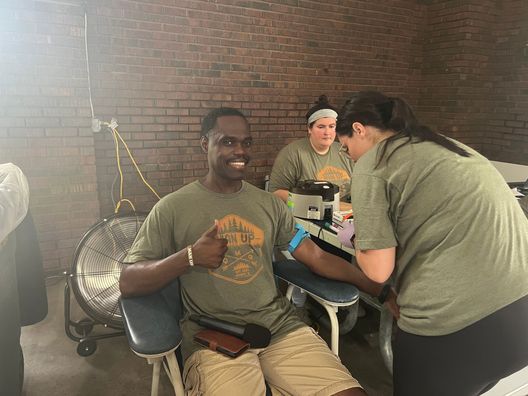The American Cancer Society reports that 1 in 9 men will be diagnosed with prostate cancer in their lifetime. Fortunately, if caught early, prostate cancer is among the most treatable types. To ensure early detection, it is recommended to:
- Start testing at age 50 or age 40 if you are African-American or have a family history of prostate cancer (speak to your primary care provider for your specific screening needs).
- Get a yearly Prostate-Specific Antigen (PSA) blood test.
- Have an annual Digital Rectal Exam (DRE).
- Start testing at age 50 or age 40 if you are African-American or have a family history of prostate cancer (speak to your primary care provider for your specific screening needs).
What is a PSA?
Prostate-specific antigen (PSA) is an enzyme produced by the prostate that is present in every man’s bloodstream. The PSA test is a blood test that measures the level of this enzyme in the blood.
What does the PSA number mean?
A healthy PSA level ranges from 0 to 4. Your healthcare provider will order this test during your annual exam. If it is higher than this range or shows an increase between tests, further evaluation is recommended. PSA levels can vary widely among individuals, so what might be abnormal for one man could be normal for another.
What are the symptoms of prostate cancer?
Prostate cancer often develops without causing symptoms for many years, and by the time signs do appear, the cancer may have already spread beyond the prostate.
While these symptoms can suggest prostate cancer, they are more commonly linked to non-cancerous conditions like benign prostatic hyperplasia. If you experience any symptoms or are in a high-risk group, it’s important to consult with a physician.
Possible symptoms, when they do occur, include:
- Frequent urination, especially at night
- Weak, hesitant, or interrupted urination
- Discomfort, pain, or burning sensation during urination
- Trouble starting or holding back urination
- Blood in the urine or semen
- Difficulty in having an erection
- Painful ejaculation
- Frequent pain or stiffness in the lower back, hips, or upper thighs
Prostate Cancer Risk Factors
FAMILY HISTORY: Higher risk for men whose fathers or brothers have had prostate cancer.
AGE: Men over 50 have a higher risk than younger men.
RACE: More common in African-American men.
DIET: Diets high in animal fat or red meat may increase risk; a diet rich in fruits and vegetables may lower risk.
What do I do if my PSA is out of normal range?
It is important to seek additional medical advice as soon as possible. Your physician may suggest a repeat test or a biopsy, where a small tissue sample is taken and examined under a microscope. This sample is then assigned a Gleason Score, which helps determine the presence and severity of cancer.
What is a Gleason Score?
When analyzing a biopsy, a pathologist examines the cells under a microscope to see how different they are from normal cells. This assessment determines the cancer grade. The Gleason grading system ranges from 1 to 5, with 1 indicating cells that look least like normal prostate cells. A primary Gleason grade is assigned to the most common cell pattern, and a secondary grade to the following most common pattern. The sum of these two grades provides the Gleason Score.
Health Topics:






